
Shatemirov Kadyr (1911-1995), Doctor of Chemical Sciences (1968), Professor (1970), Academician of...
A delegation from the rural administration of Kyzyl-Suu, located in the Jeti-Oguz district of the...
Uranbek Jumaliev warmly welcomes foreign tourists to the Kök-Jayyk pasture in the Jeti-Oguz...
In the Jeti-Oguz district of the Issyk-Kul region, there is an area called...
In the Issyk-Kul region, in the city of Karakol, there is a house where Mahadji Ibrahim lived — the...
A man suspected of illegal fishing was detained in the Jeti-Oguz district. According to the press...
In the Jeti-Oguz district, in the village of Baltabay, a serious road traffic accident occurred...
In the Issyk-Kul region, in the Ak-Suu district, an event was held dedicated to the anniversary of...
In the Oktyabrsky District of the capital, the street Kadyir-Ata is being paved in the Police Town....
In Ak-Kokkor, located in the Jeti-Oguz district of the Issyk-Kul region, the construction of a new...

Bekov Kadyr Jalilovich Painter, monumental artist. Born on January 18, 1956, in the city of...
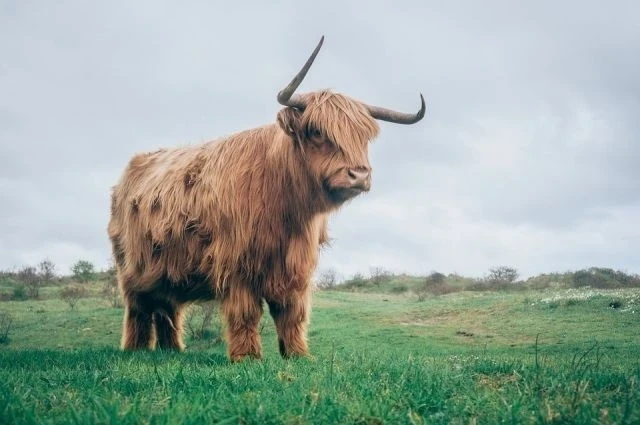
In the Jeti-Oguz district, law enforcement agencies have detained five men suspected of stealing...
On the territory of the Jeti-Oguz district of the Issyk-Kul region lies a lake associated with a...
[img]http://vesti.kg/dаta:image/svg+xml;base64,PHN2ZyB4bWxucz0iaHR0cDovL3d3dy53My5vcmcvMjAwM...
In the Jeti-Oguz district of the Issyk-Kul region, a celebration was held dedicated to the 100th...
In Jeti-Oguz, work is actively continuing to clear the roads of snow, reported Adilet Kambarbek...
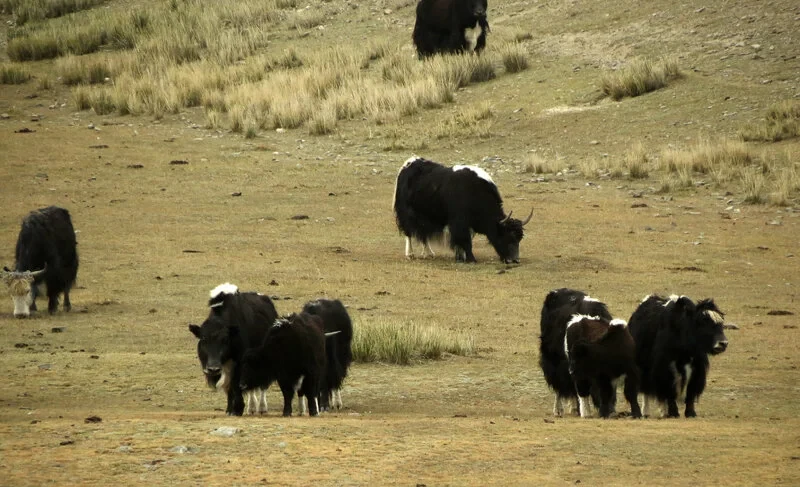
In the Issyk-Kul region, in the Jeti-Oguz district, an operation was conducted to detain suspects...
In the Issyk-Kul region, an active fight against predators threatening livestock has begun, reports...
In the Issyk-Kul region, in the Jeti-Oguz district, there is a climate and balneological resort...

JETI-OGUZ...
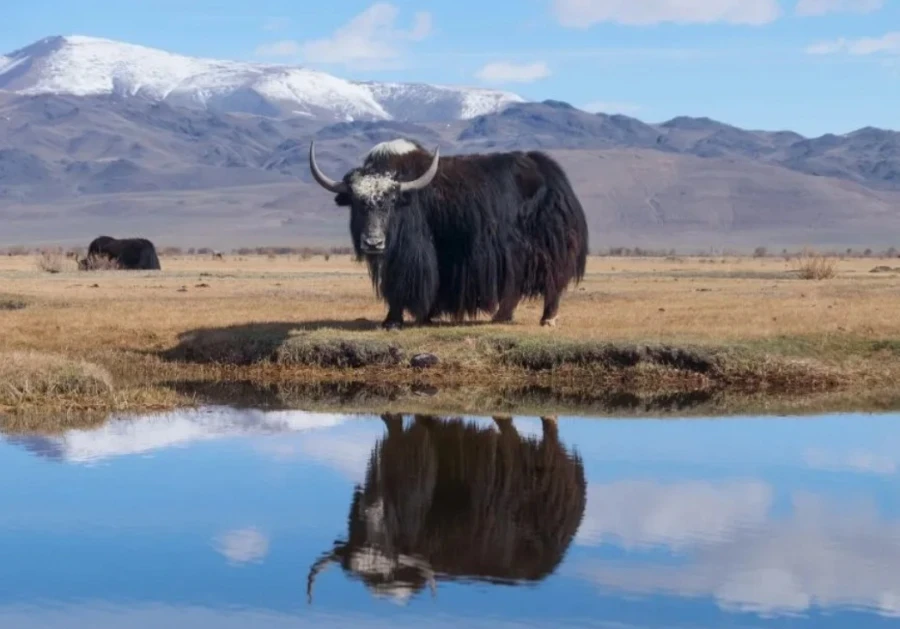
Suspects in the theft of yaks detained In the Issyk-Kul region, in the Jeti-Oguz district,...
In Jeti-Oguz, suspects have been detained in connection with the theft of yaks, reported the press...
Kairgul Kozhogulova, 48 years old, from the village of Kyzyl-Suu in the Jeti-Oguz district of the...
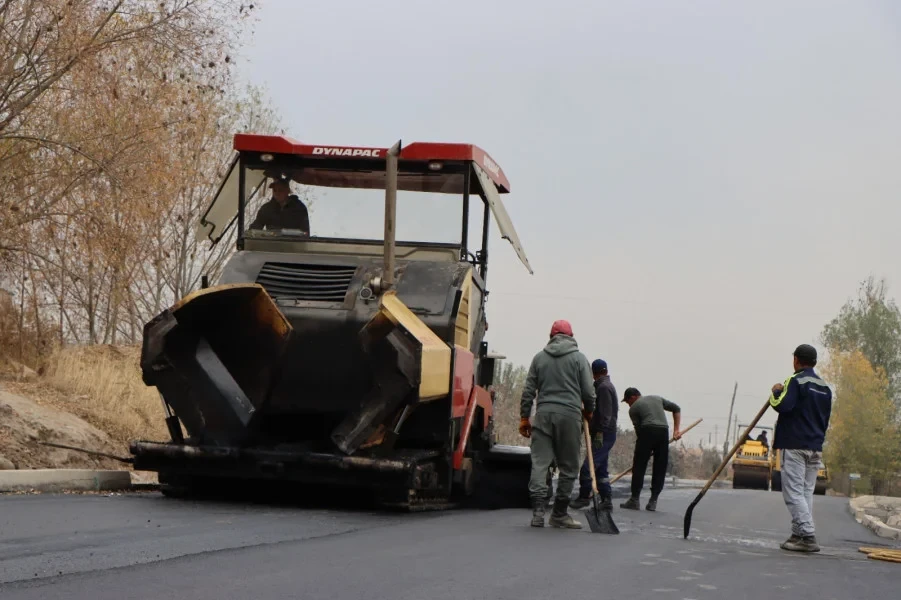
Asphalt paving is actively continuing on Kadir-Ata Street in the Oktyabrsky District of Bishkek....
Baktygul Dyikanbaeva, a teacher from the village of Chon Kyzyl-Suu, located in the Orgochor rural...
Recently, a commemorative evening was held in the Kochkor district, dedicated to the 25th...
In the Jeti-Oguz district of the Issyk-Kul region, participants of a wedding convoy who caused...

«Talas» beylik...
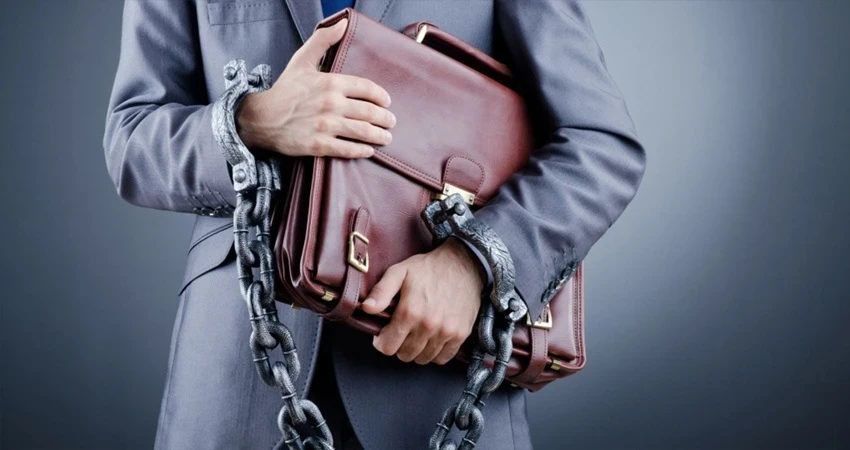
A significant event has occurred in Kyrgyzstan: for the first time, high-profile officials have...
Athletes from the Jeti-Oguz district, representing Kyzyl-Suu, achieved significant success at the...
During an inspection conducted at the republican medical rehabilitation center Jetty-Oguz, located...
In the framework of the "Taryh Insany" column, we will get acquainted with the life of...
Tolkunai Ablabek kyzy, a 36-year-old resident of Issyk-Kul, shared the difficult situation her...
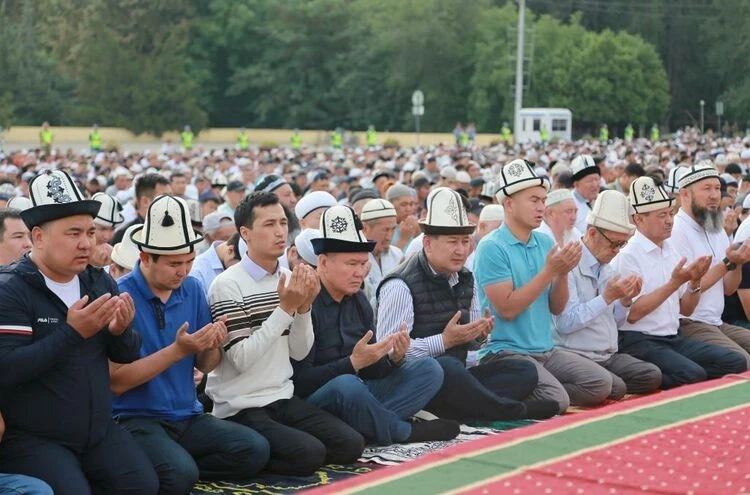
Photo from the internet. A unique coincidence: Orozo Ait and Nooruz are celebrated almost on the...

THREE BROTHERS Once upon a time, there were three orphaned brothers. They had a single ox, which...
The Sary-Kyr Pass, which connects the Toguz-Toro district with the city of Manas, is now closed to...
Rakhiza Moldokulova, originally from China, spent her early years there, studying in school until...
According to information received from law enforcement officials, the former mayor of Tokmok,...
In Karakol, located in the Issyk-Kul region, there is a building that was erected over a hundred...
In the Chatkal district, an incident occurred involving a 41-year-old woman who, after having a...
In the Alai district of the Osh region, a meeting was held to discuss the results of nine months of...

18-year-old Ulan captivated the residents of Ankara with his talent Eighteen-year-old Ulan from...

Mambetalieva Orazgan Asanalievna Biography. Born on December 23, 1946, in the village of...